UPDATED AUGUST 4, 2025
In Lesson #3, we talked about how hides are split at the tannery into full grain, top grain, or other splits.
In this post, we discuss tanning: the ancient process of removing perishable natural oils from animal hides and preserving it with tannins, chemicals, or other substances for a long life.
Leather Learning Series
This post is part of our "Leather 101" educational series. We're sharing everything we know about our favorite material!

Jump to Section
Tanning is the ancient process of removing perishable natural oils from animal hides and preserving it with tannins or other substances for a long life.
Whether it's done in the ancient earthen vats still in use in Morocco or a steel factory in China, there are two main tanning processes: vegetable and mineral (chemical), as well as some other less commonly-used:
- Vegetable tanning is a time-honored and ancient method using plant tannins such as oak bark and can take as long as a month. The result is more durable.
- Mineral tanning was invented during the Industrial Revolution and uses modern chemicals such as chrome and mercury to speed up the process considerably. The result is more flexible.
- Other kinds of tanning: animal, oil, and mixed, or synthetic tanning
We'll explain each in more detail:
Vegetable-Tanning
(Oak Tanning, Oak Leather, Bark-Tanned)
Vegetable-tanning - the use of naturally-occuring tannins in plants, particularly tree barks - is one of the oldest and most consistent methods of tanning and is still in use today. While historically it used to be one of the most prevalent types of tanning, now it is considered a specialty. Only a small minority of hides worldwide are vegetable-tanned today. Less than 10% of leather is vegetable-tanned.
Vegetable-tanning can be done in ancient or modern vessels. In Northern Africa, it's still done in traditional earthen pits, while in modern China or the US it's done with modern machinery

Wherever it's done, the process is the same: the hide is immersed in a tannic solution of water, ground plant bark and leaves. Usually the solution contains oak, but it may also use hemlock, birch, chestnut, or other trees. Because of its natural materials, it is considered the most environmentally-friendly method of tanning.
Authentic vegetable-tanning can take months to process, with a minimum of one month. The resulting leather is carveable, moldable, and structural, and importantly, it is also natural and breathable with little finishing required.
Vegetable-tanning is still done in the US in multi-generation tanneries. Our featured tannery, Hermann Oaks of St. Louis, MO, has been in business since 1881 and still making leather the same way. You can even take a virtual tour of their factory (see our bonus video below.) If you can access it, enjoy the full experience with Mike Rowe in Season 1, Episode 12 of Dirty Jobs.
Mineral-Tanning (Chemical)
(Chrome Tanned, Chrome/Mercury, Chrome Excel)
Mineral-tanning, also called chrome-tanning, uses a modern industrial method of tanning invented during the late 1800s for fast mass production. The tanning process utilizes mineral salts (chemicals and metals) like chromium and mercury instead of plant tannins, then re-introduces shelf-stable oils for flex and suppleness.
90% of leather is chrome-tanned these days. That's because the process is cheaper and faster. The mineral-tanning process can take as little as one day. The resulting leather is soft and has a fabric-like drape, and can be dyed in any color because its natural hue is bleached out in the process (called wet blues). The shoe and fashion industries use this kind of leather the most.
Mike Rowe also experienced a chrome leather tannery in Dirty Jobs (Season 3, Episode 3)!
There are some chemical tanneries in the US, but these are grandfathered-in and generally speaking new operations would have trouble getting permission to operate here given the US's more stringent environmental laws.
Chrome tanneries produce chemical-laden wastewater that pollute the local environment if not properly disposed, treated and cleaned. The vast majority of chemically-tanned leather is done in countries with less stringent environmental laws, particularly China, Bangladesh, and Mexico. In these countries, wastewater treatment may not be required.

Other Tanning Methods
Animal, Oil, Mixed, Synthetic
In the earliest days, tanning was done using other parts of the animal, including the dung and brains. Brain-tanning, or buckskin, is a practice still in use in many parts of the world, notably by the Aboriginal people of Canada.
Oil tanning is still a particular process in place used for making chamois. (Vegetable-tanning is also as old as these processes.)
There are new modern "mixed" or combined methods of tanning that use both mineral- and vegetable-tanning processes. This way the leather can be labeled and sold as "veg tan" while still taking advantage of cheaper and faster tanning methods.
Synthetic tanning uses even the most chemical-intensive and industrial processes so that it can be labeled "chrome-free." These may include specialized chemicals like naphthalenesulfonic or glutaraldehyde. Also called Aldehyde-tanning, it formerly used formaldehyde until skin sensitivities developed. "Syntan" leather is often used in car upholstery. It is sensitive to water, and can shrink and harden in sunlight and heat.
Lesson #4 at the Walnut Workshop
Leather Bar Wraps
The unique qualities of vegetable-tanned leather make it the perfect choice for leather wraps like our Sew-on Bicycle Bar Wraps.
When "veg-tan" leather gets wet, it becomes flexible, forgiving, and stretchy, making it easy to install on curvy bicycle drop bars. Once it dries, it hardens into place, molding into the shape of the handlebars.
Veg-tan leather also gains a lustrous patina where the hands touch the handlebar.
Next Lesson
Now that the hide is split and tanned, it's ready to be sold to craftsmen and manufacturers to be turned into goods.
In Lesson #5, we recap everything we've discussed so far to answer the question, "What is the 'Best' Leather?" Then in Lesson #6, we'll move on to leather finishing.
Leather Learning Series
This post is part of our "Leather 101" educational series. We're sharing everything we know about our favorite material!
- Lesson 1: Leather Basics
- Lesson 2: Leather Sources
- Lesson 3: Leather Processing
- Lesson 4: Leather Tanning
- NEXT --> Lesson 5: Recap: The "Best" Leather
- Lesson 6: Leather Finishes
- Lesson 7: Leather Variability and Product Quality
- Lesson 8: Recap: The "Most Sustainable" Leather
- Lesson 9: Vintage Leather in the Store
- Lesson 10: Leather Rescue and Rehabilitation
- Lesson 11: Leather Care and Crafting
Get the full series delivered to your inbox in one email per day for 11 days:
Sign up for the email series >>>

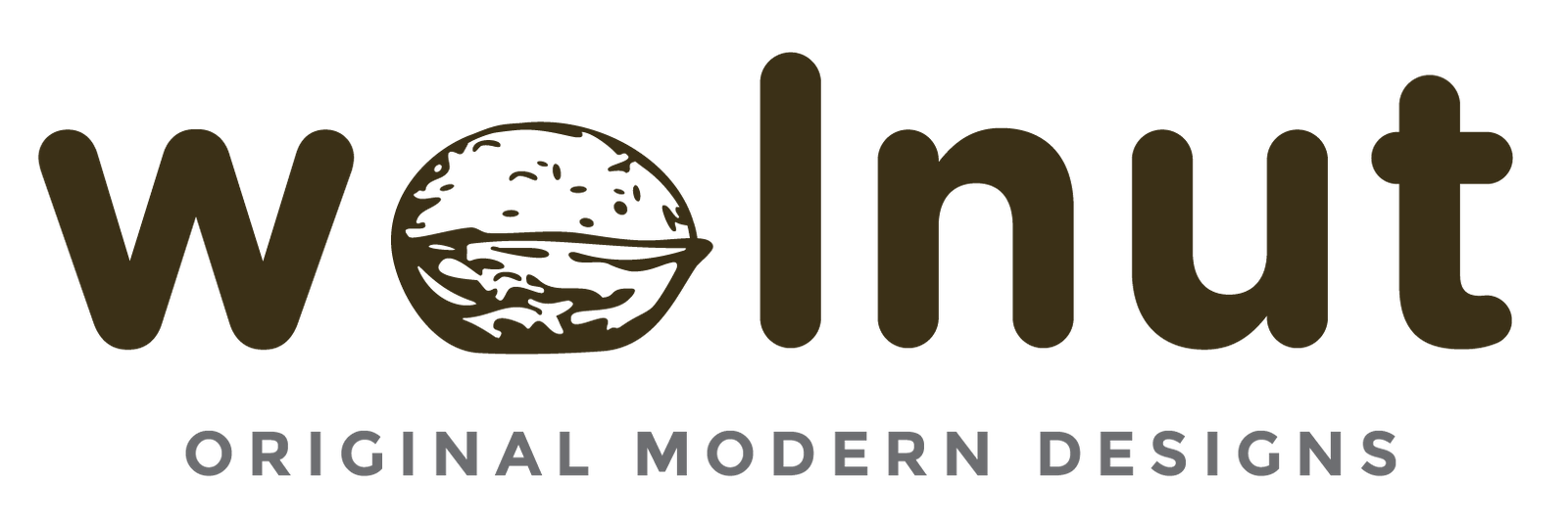
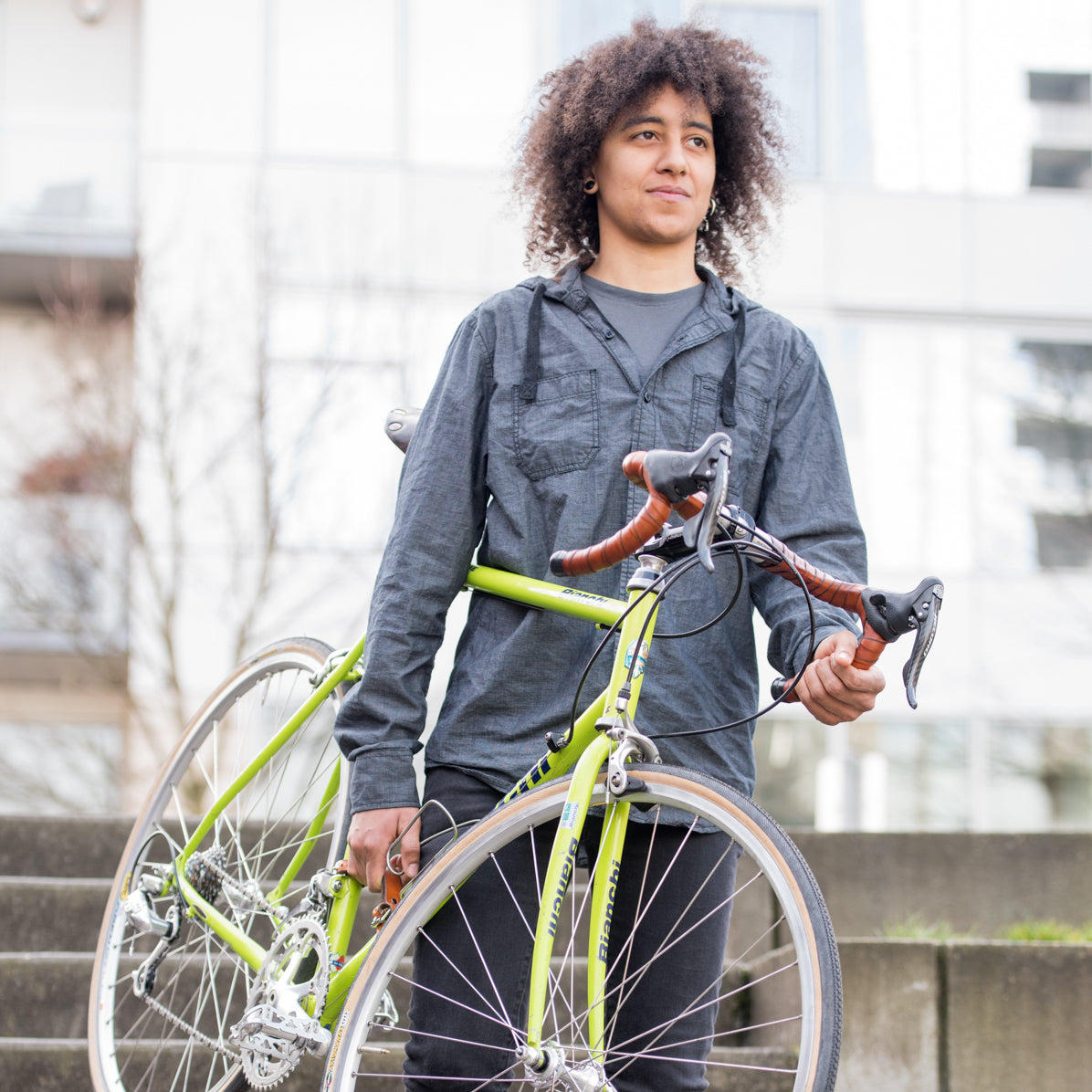
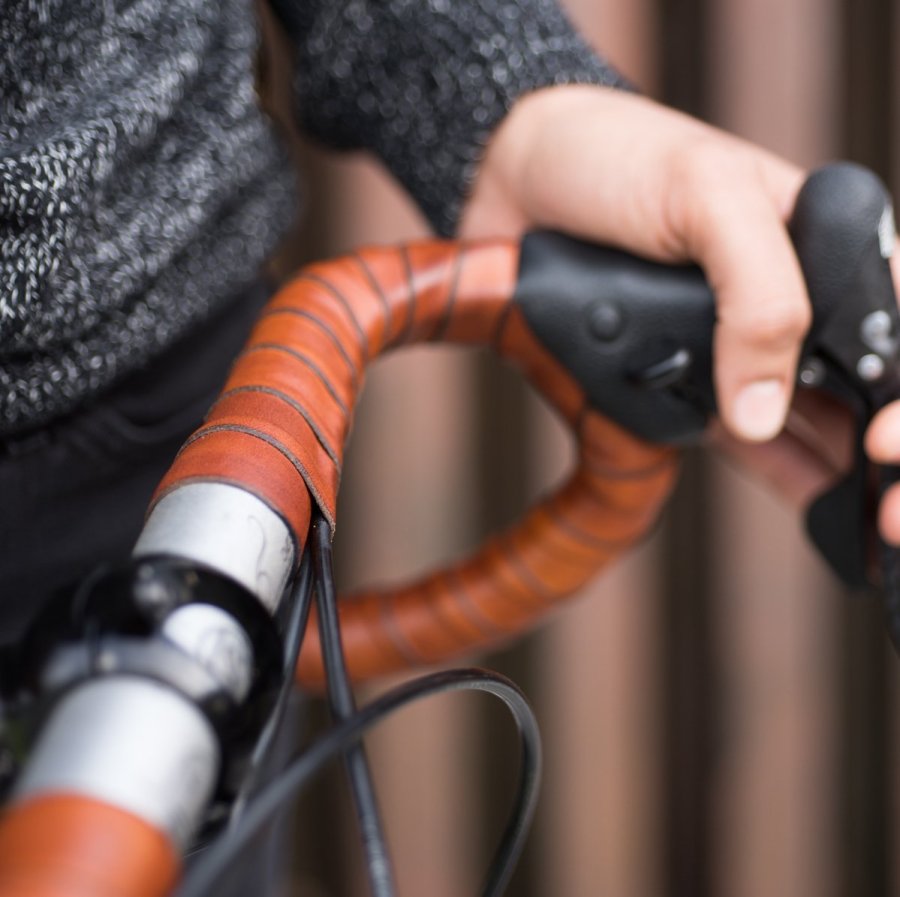
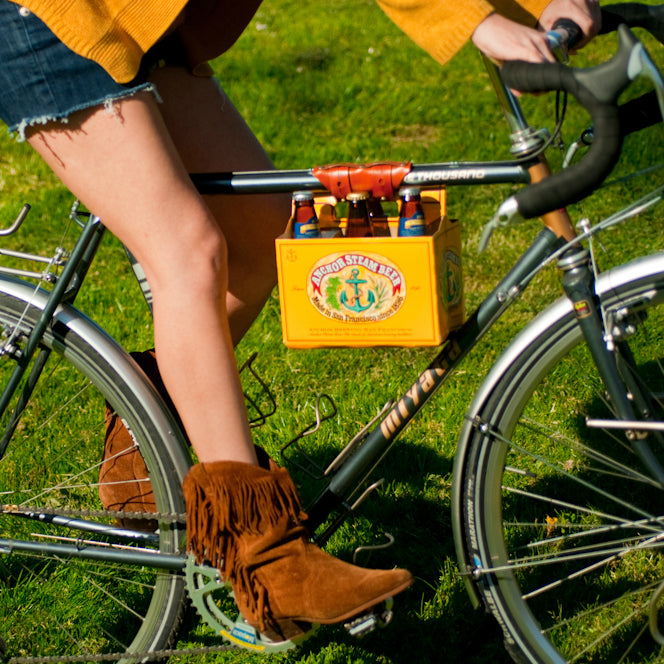
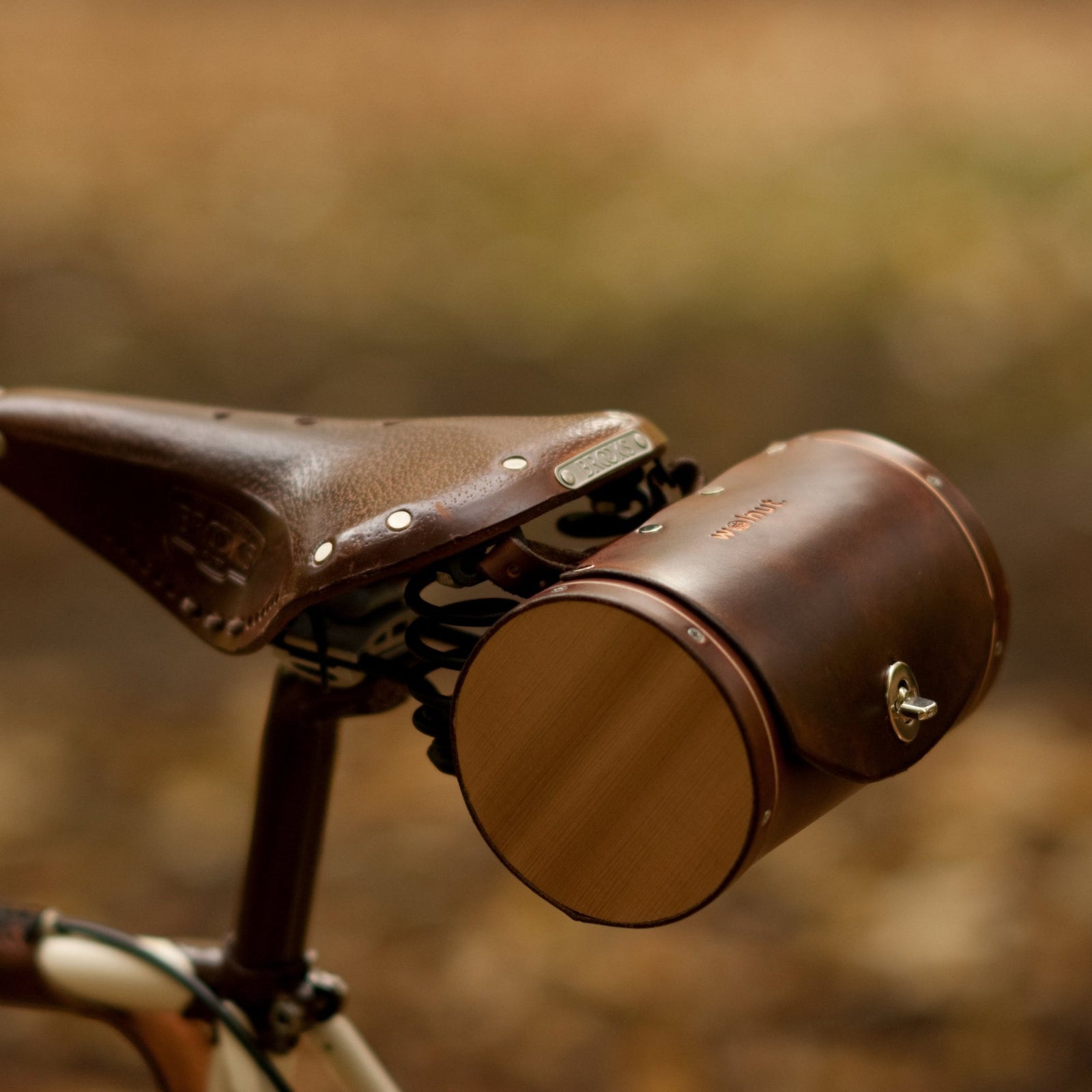
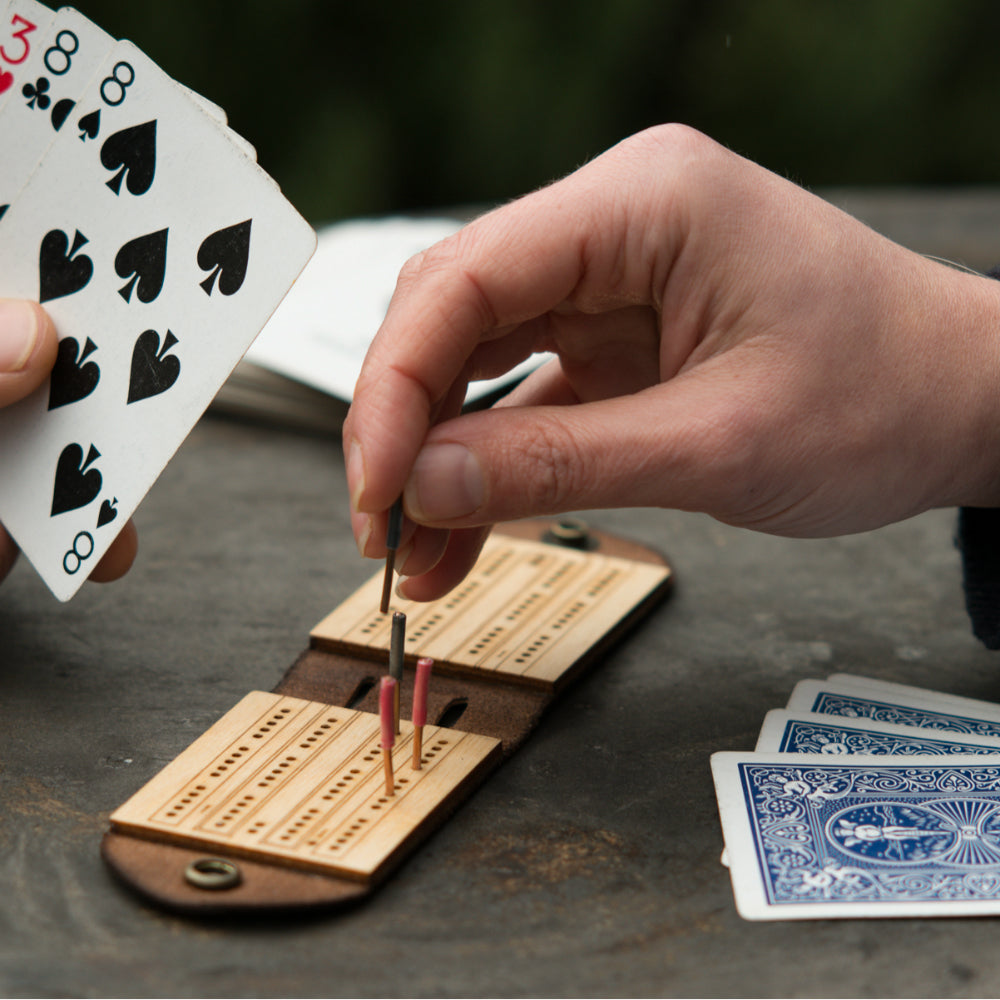
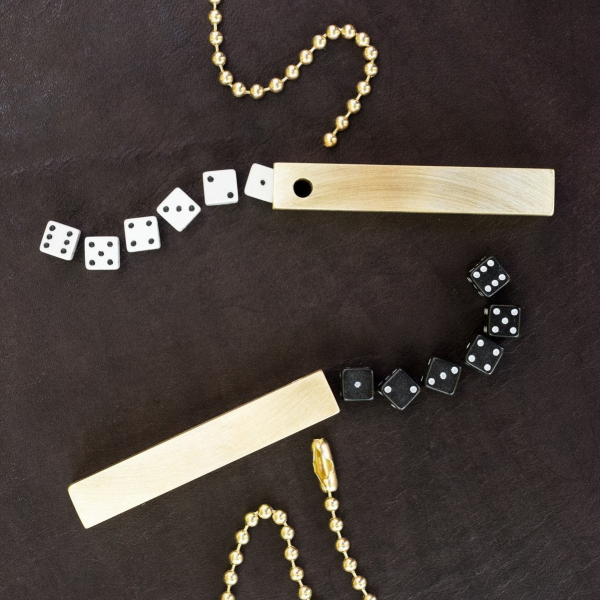
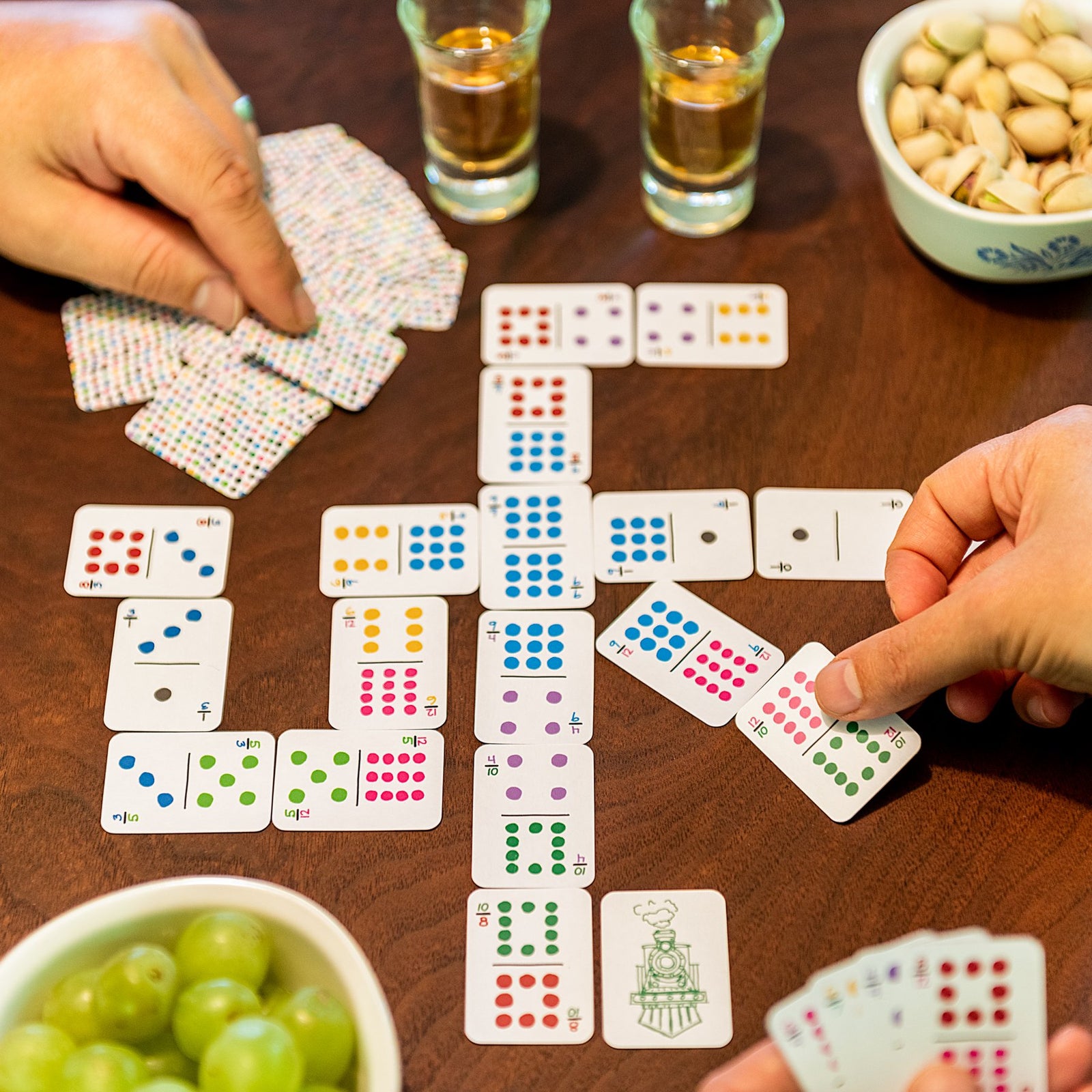
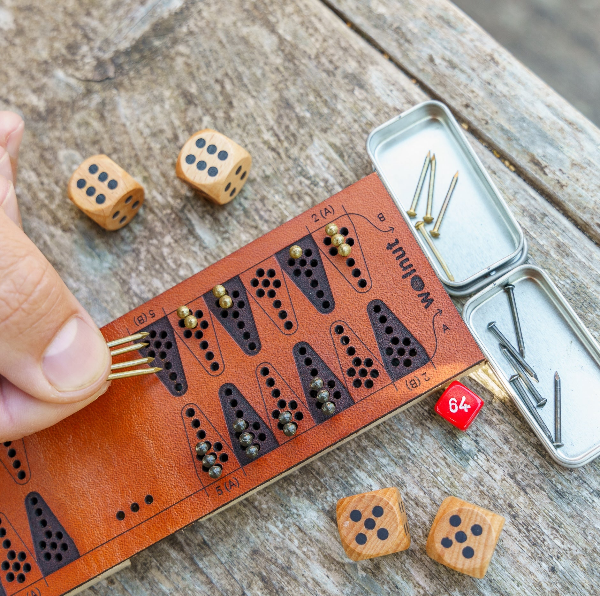
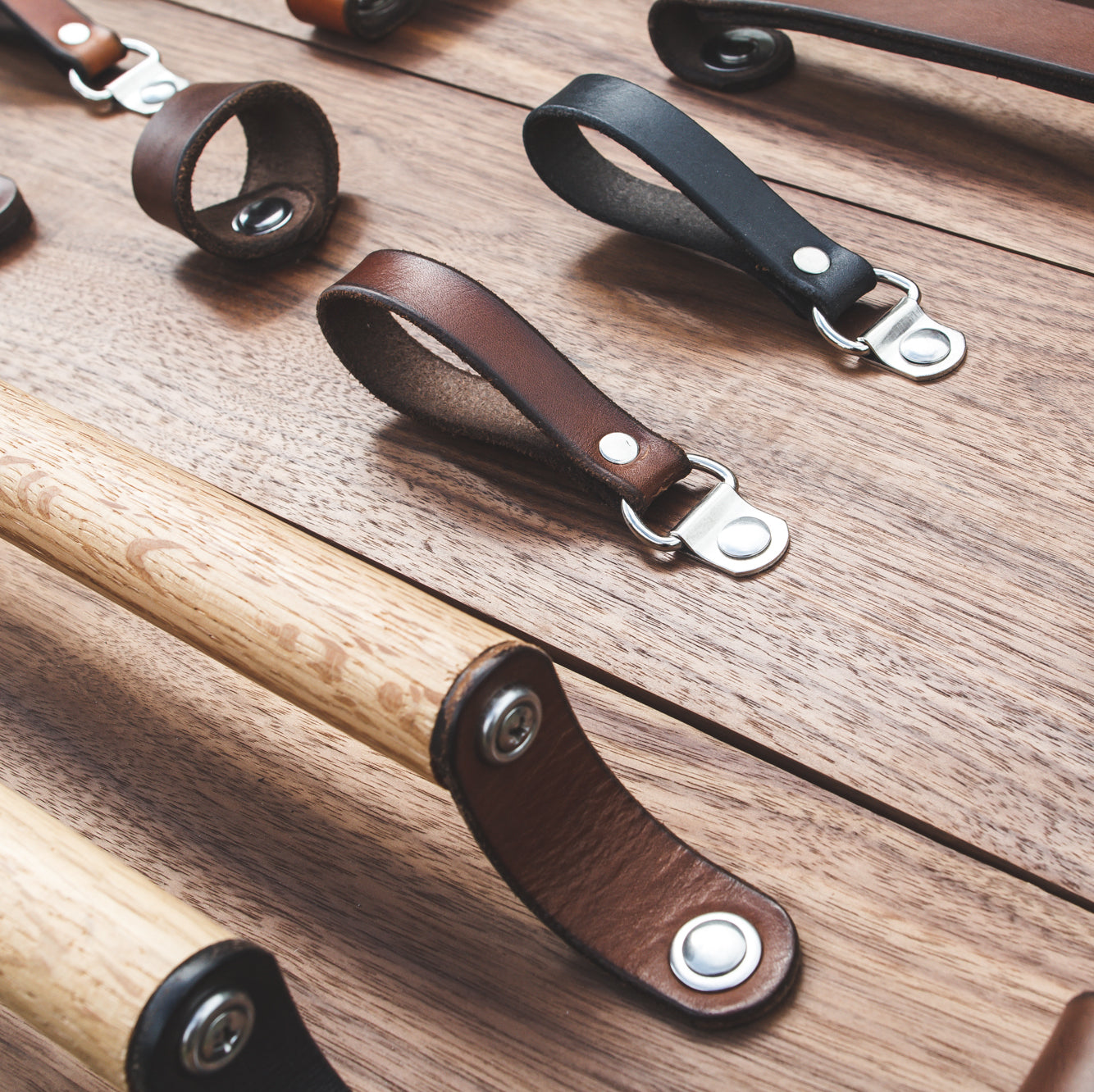


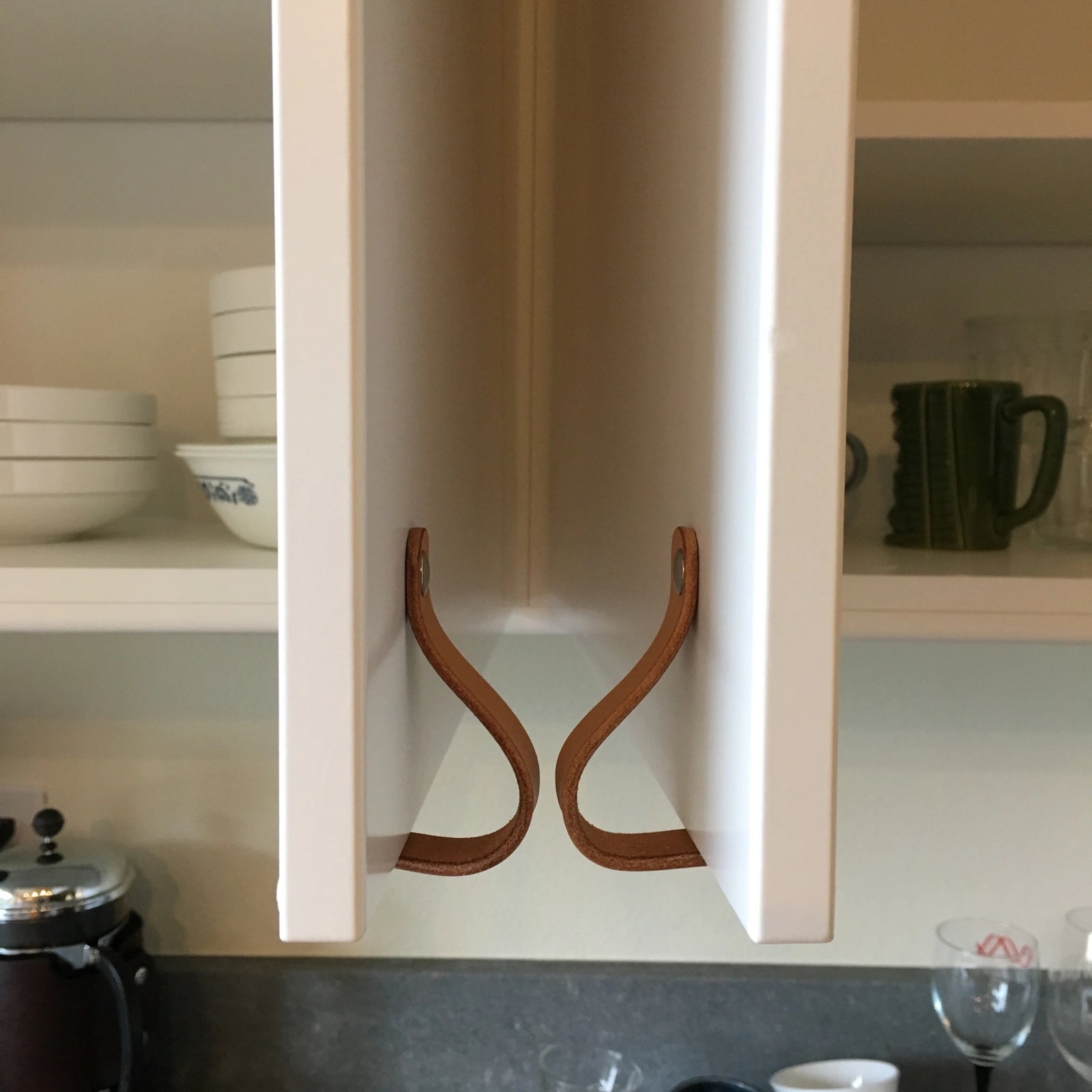
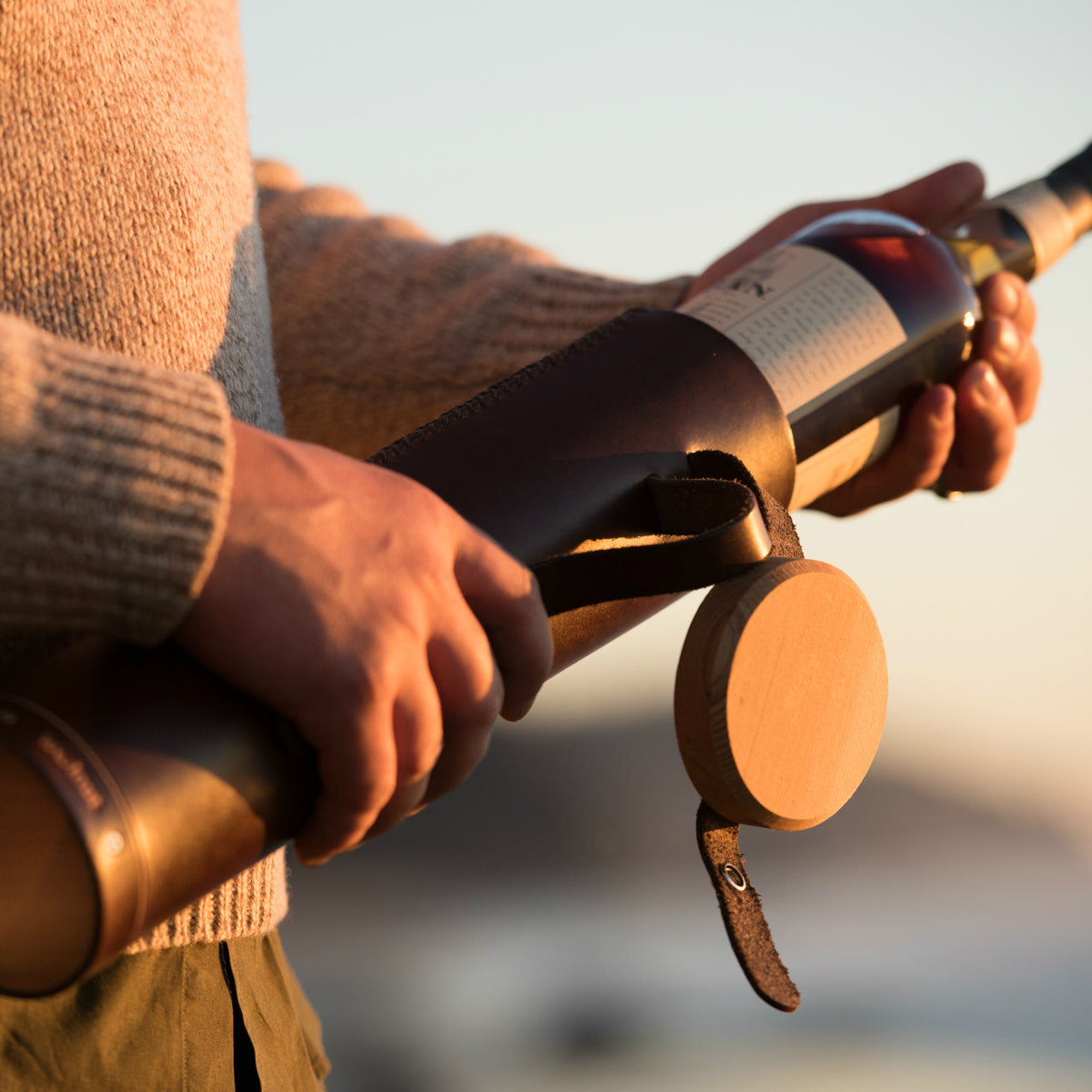
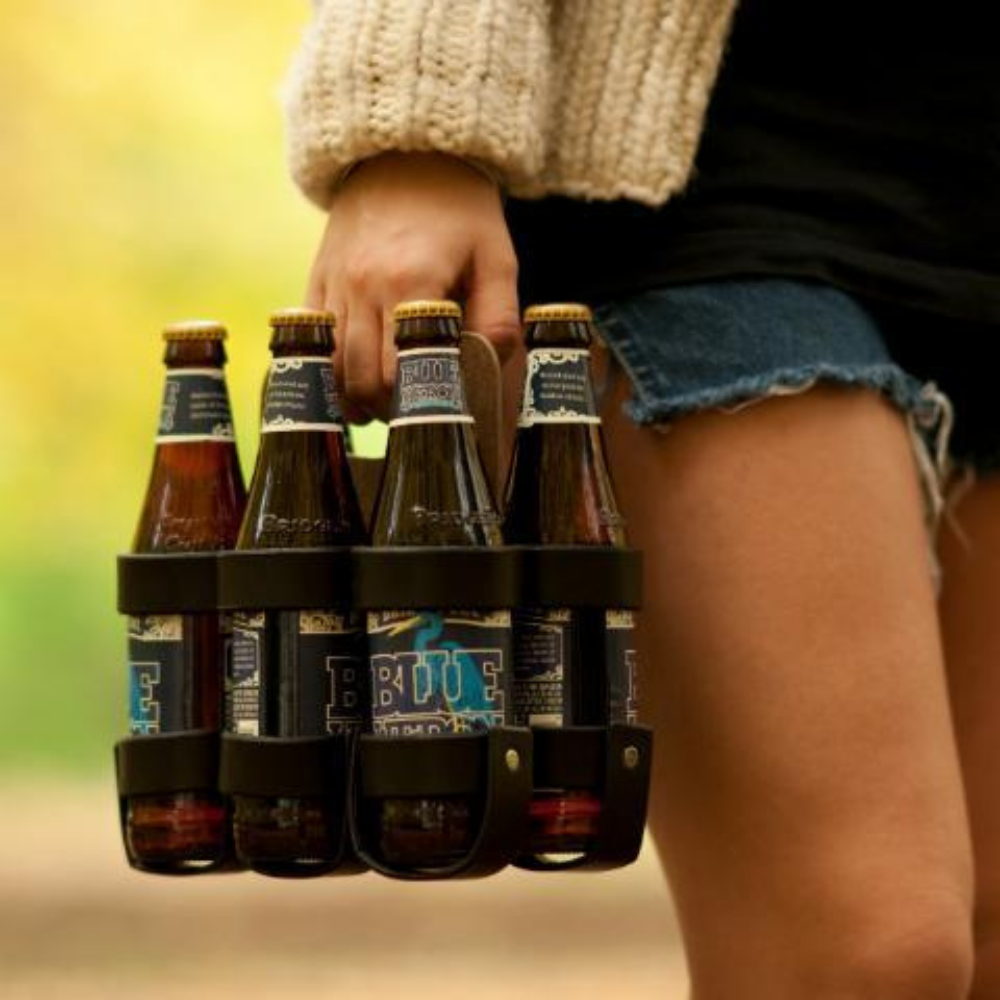
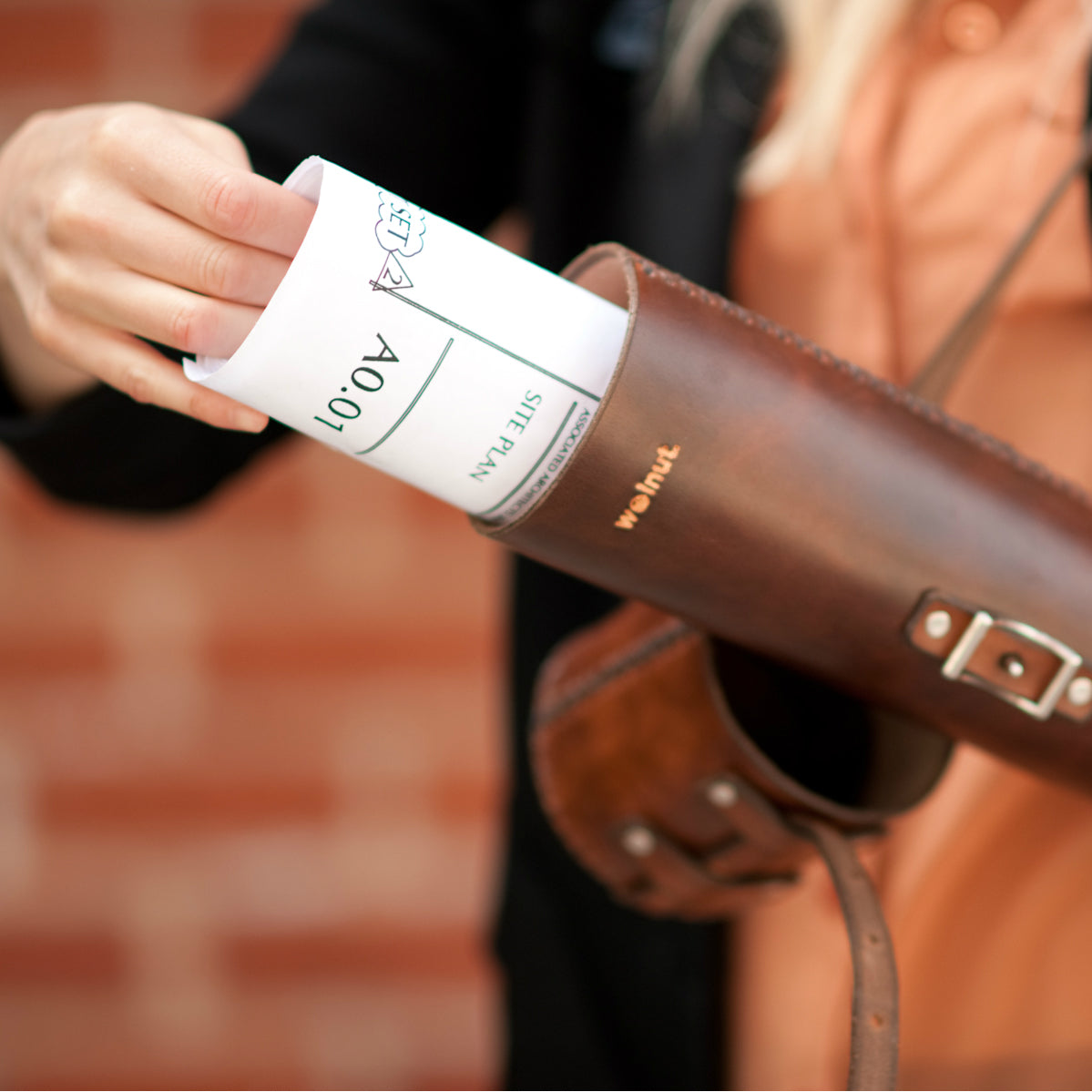
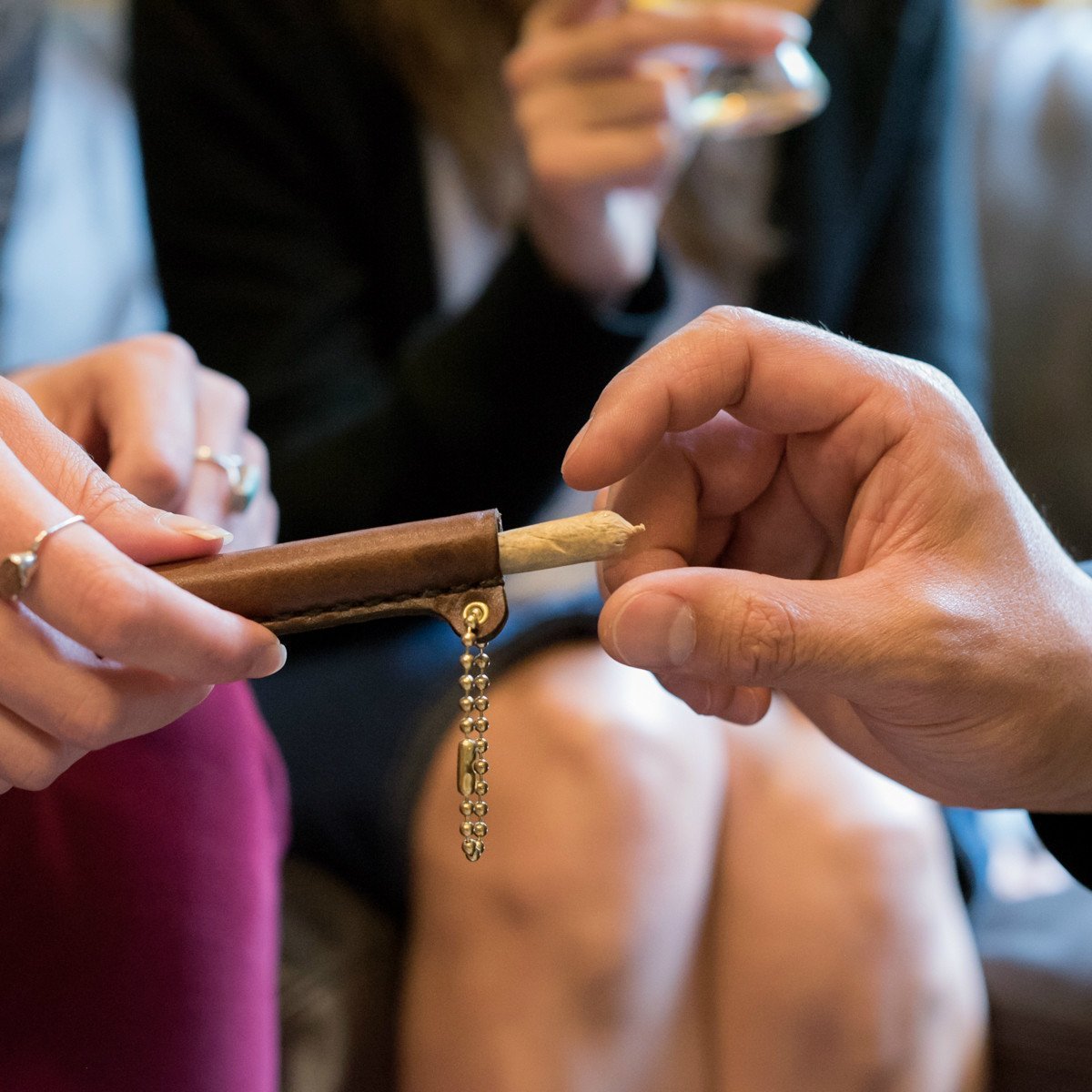
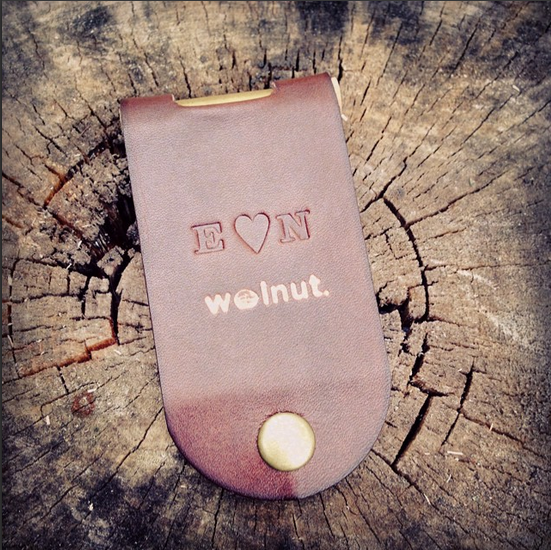
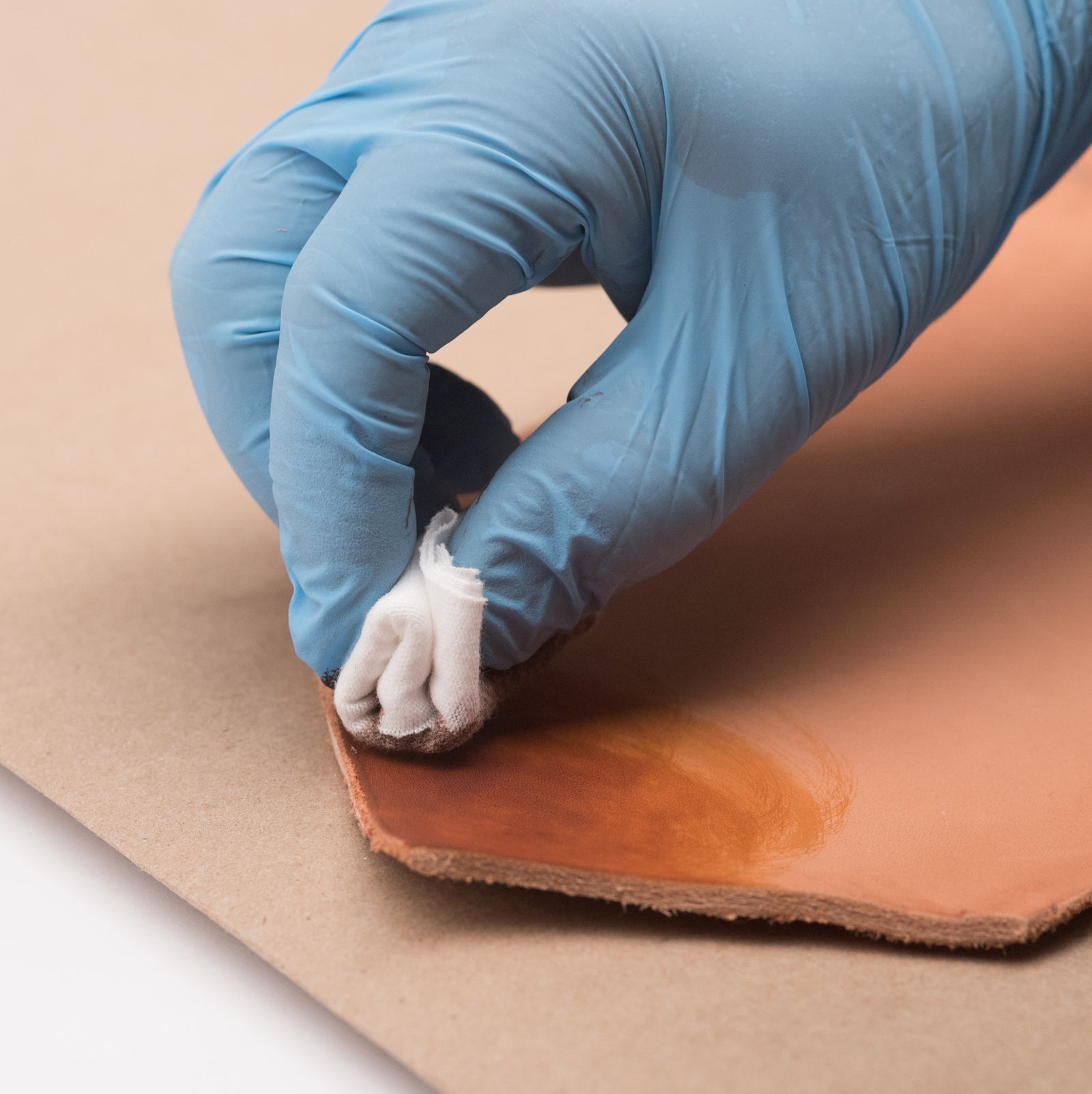
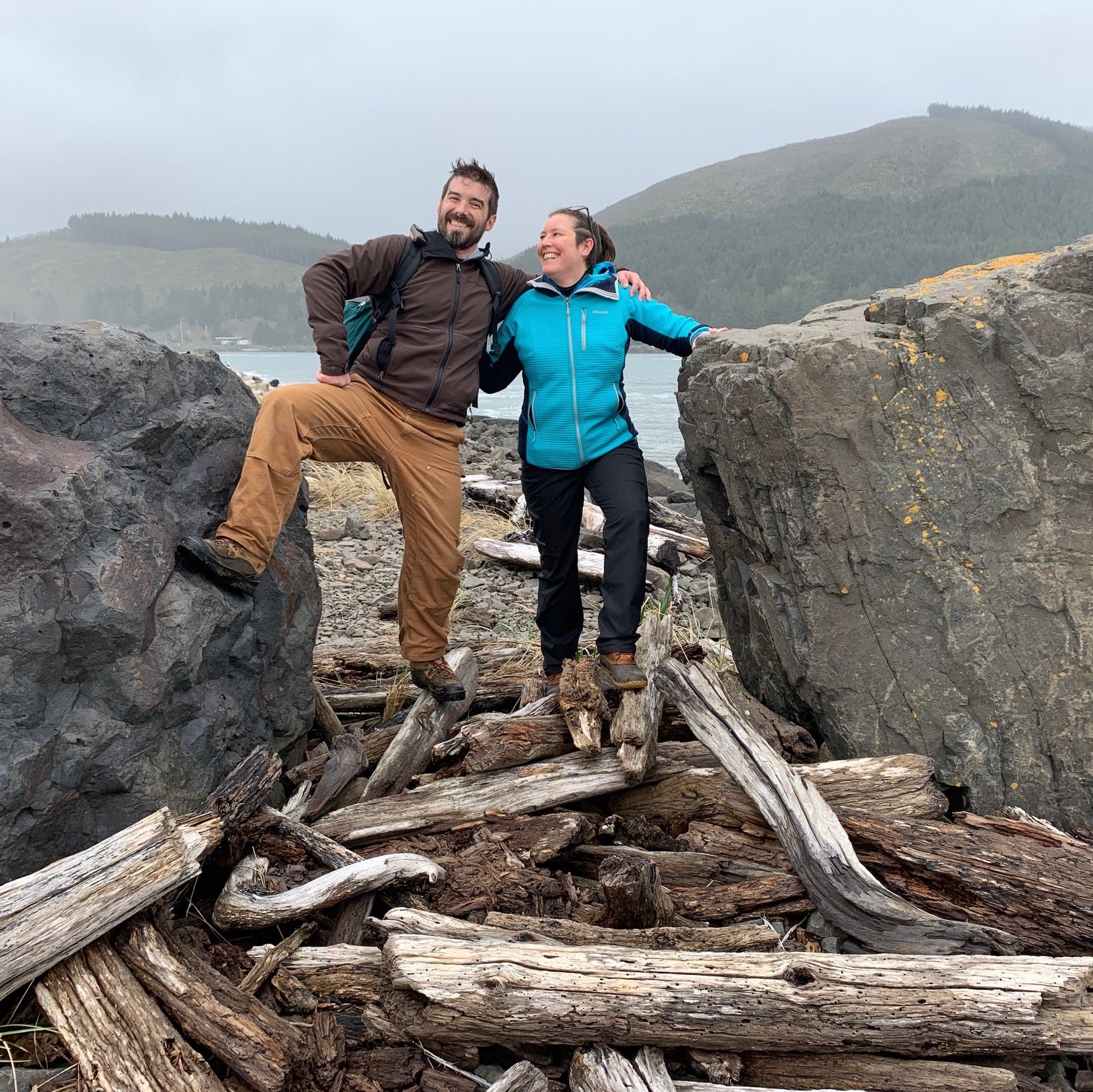
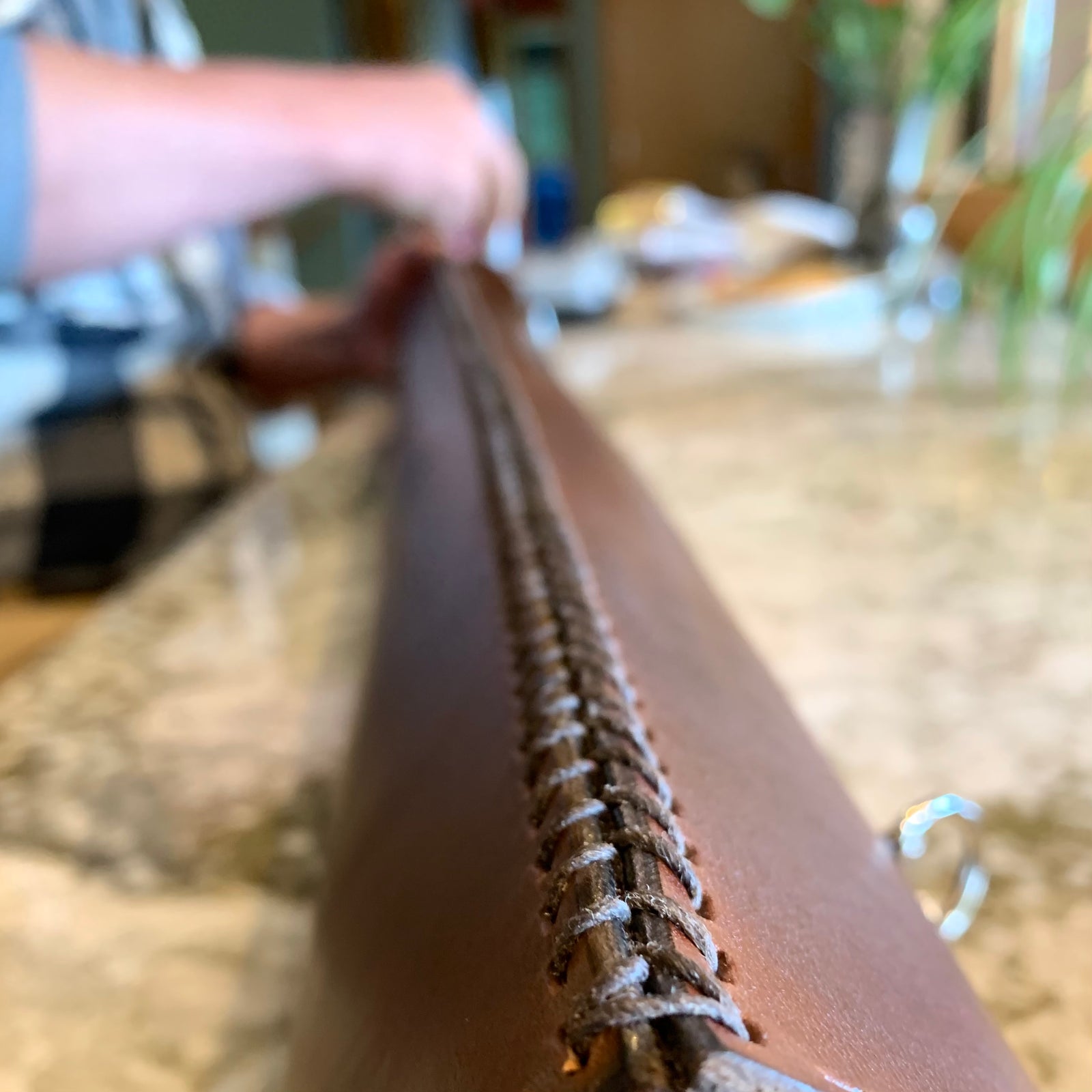











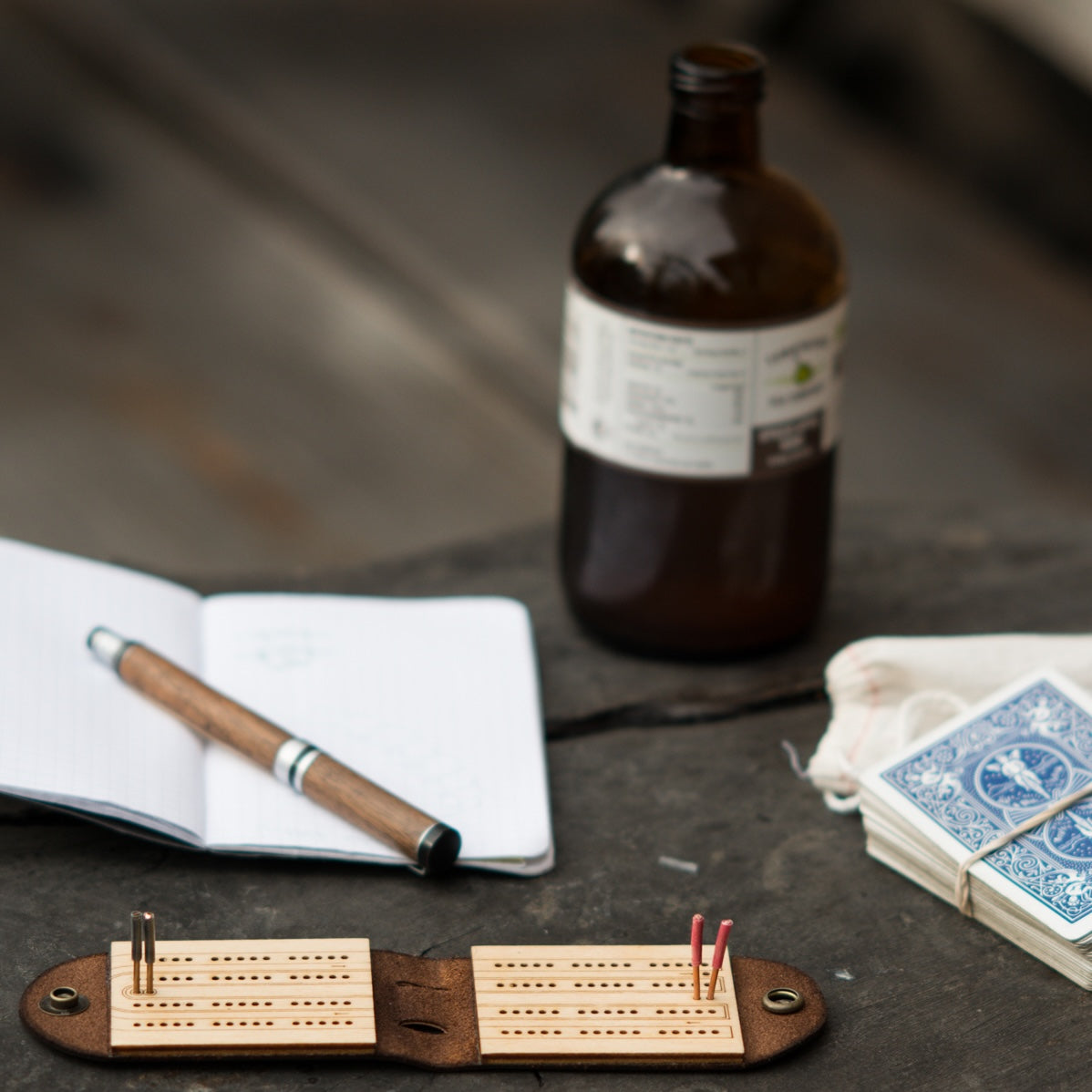
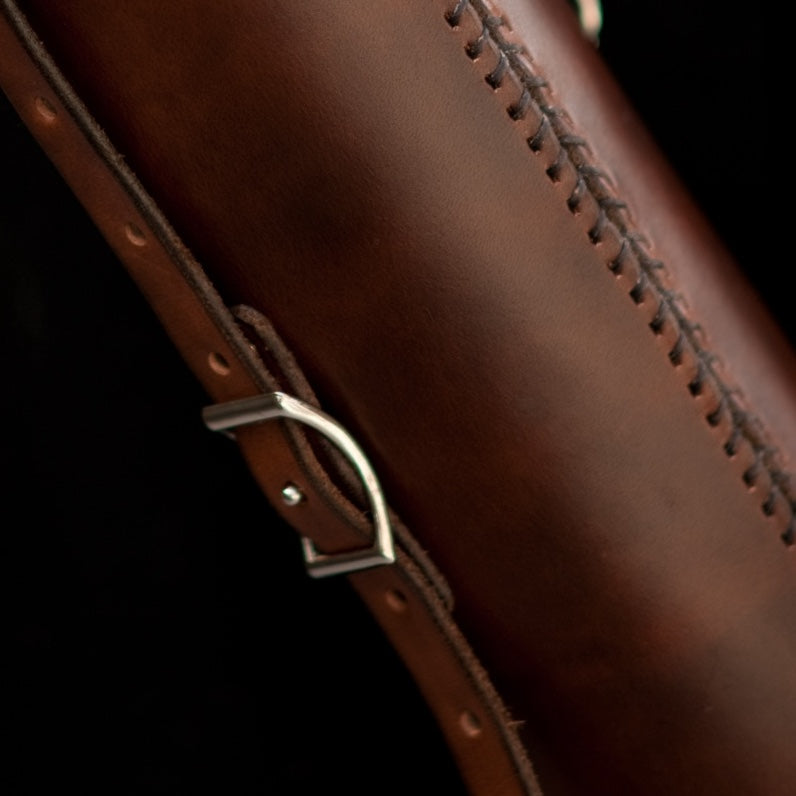
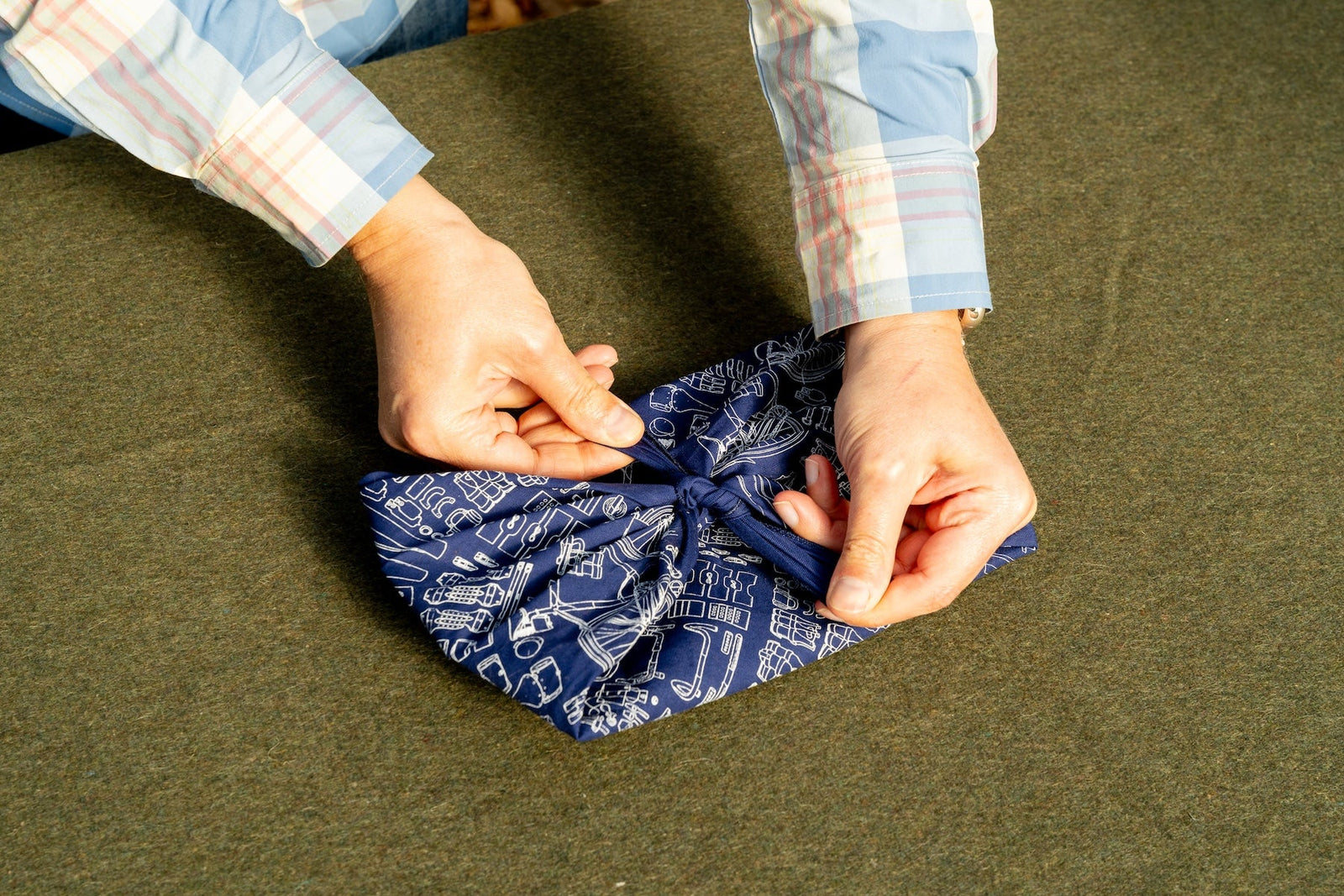
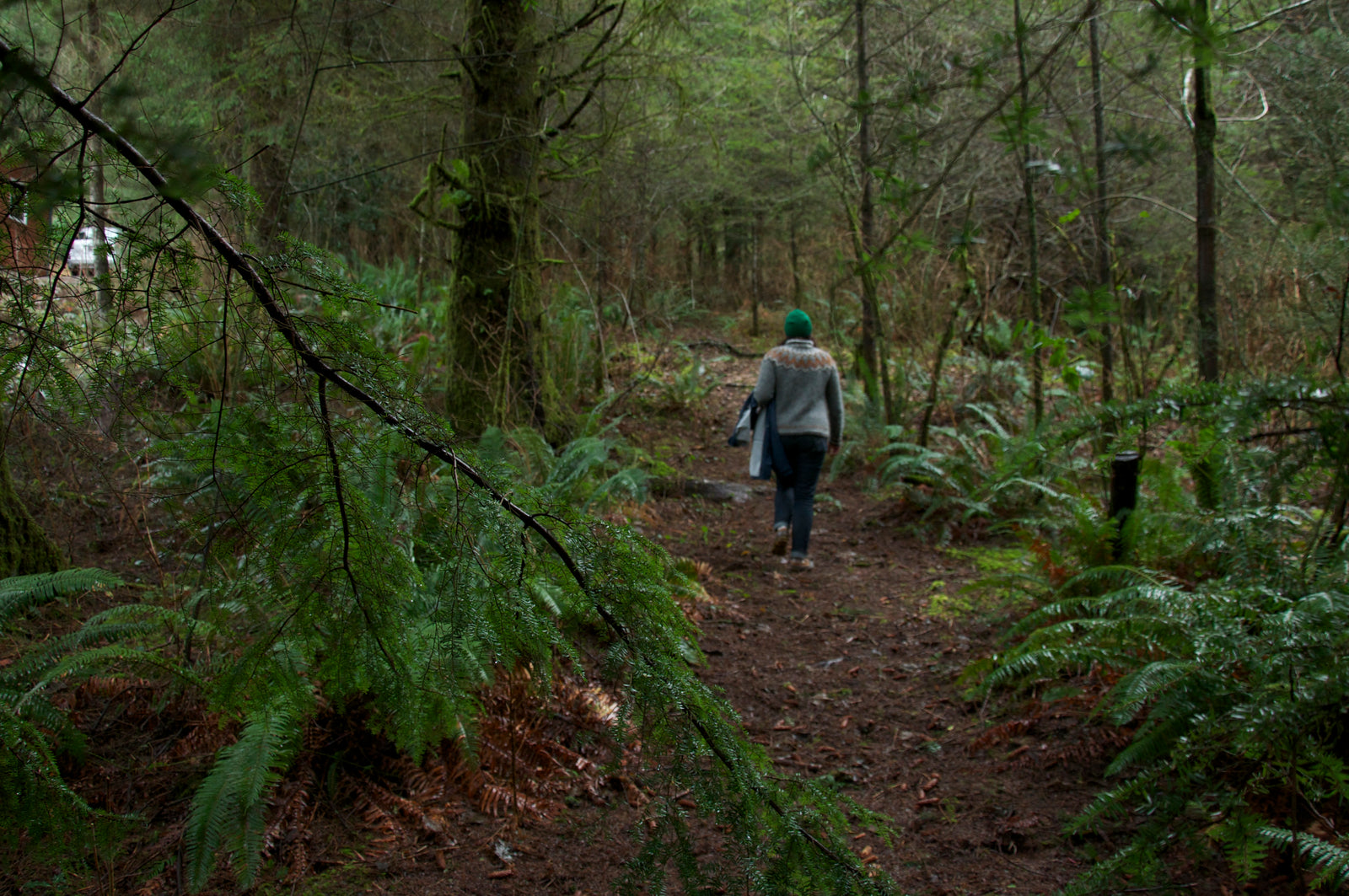
Brice MILLER
July 11, 2023
Very interesting and informative video.